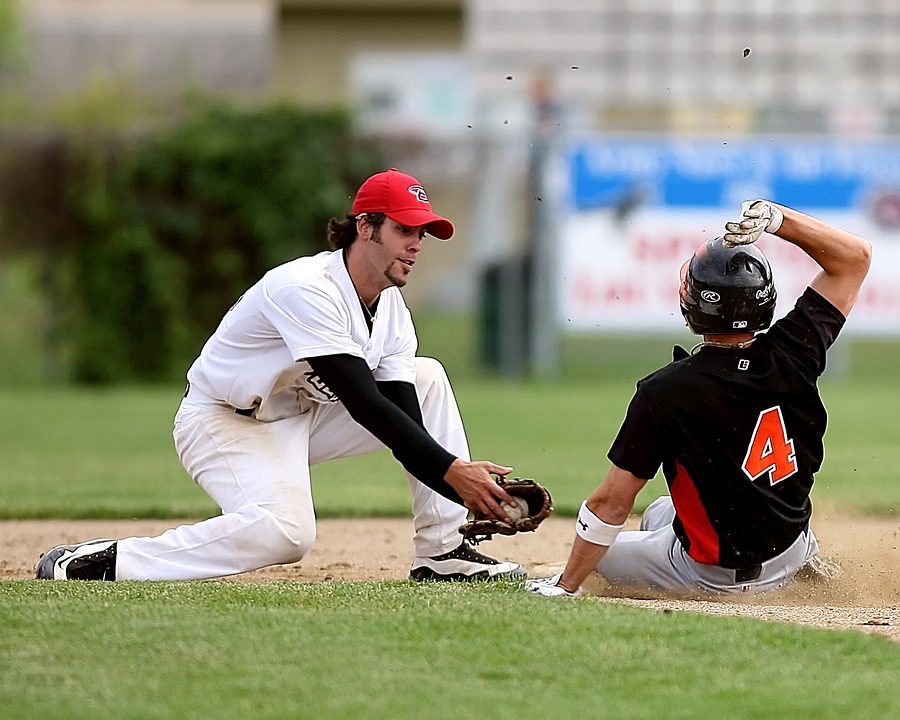Ever wondered what makes a great pitcher stand out in baseball? It’s all about control, and one of the best ways to measure it is through WHIP. WHIP, or Walks plus Hits per Inning Pitched, is a simple yet powerful stat that tells you how well a pitcher can keep runners off base. Understanding WHIP can help you appreciate a pitcher’s performance on a deeper level, whether you’re a fan, coach, or fantasy player. Want to learn how to use WHIP to evaluate pitchers and make smarter game decisions? Let’s dive into this essential baseball stat and see how it can change the way you watch the game!
What is WHIP in Baseball?
WHIP stands for “Walks plus Hits per Inning Pitched.” It’s a simple but powerful statistic used in baseball to measure a pitcher’s control and efficiency on the mound. WHIP shows how many base runners a pitcher allows each inning, which includes both walks and hits. The lower the WHIP, the better the pitcher is at keeping batters off base.
To calculate WHIP, you add the total number of walks and hits a pitcher has allowed, then divide that number by the total innings they have pitched. The formula looks like this:
WHIP = (Walks + Hits) ÷ Innings Pitched
For example, if a pitcher gives up 2 walks and 5 hits over 7 innings, their WHIP would be:
WHIP = (2 + 5) ÷ 7 = 1.00
This means, on average, they allow one base runner per inning.
WHIP is important because it provides a quick snapshot of how well a pitcher can prevent runners from getting on base. While other stats like ERA focus on how many runs a pitcher allows, WHIP focuses specifically on base runners, which is often a better measure of a pitcher’s ability to control the game. Keeping the number of base runners low is key to preventing scoring opportunities for the opposing team, which is why WHIP is widely regarded as one of the best indicators of a pitcher’s performance.
Why is WHIP Important in Baseball?
WHIP is one of the most important statistics for evaluating a pitcher’s performance because it directly reflects how well they can keep opposing players off base. The fewer base runners a pitcher allows, the less likely the other team is to score, making WHIP a key measure of a pitcher’s control and effectiveness.
Compared to other stats, like Earned Run Average (ERA), which focuses on runs scored, WHIP gives a more immediate sense of a pitcher’s ability to control the game. By focusing on base runners, WHIP shows whether a pitcher is consistently putting their team in a position to win by limiting scoring chances for the opposition.
A lower WHIP is better because it means the pitcher is allowing fewer walks and hits, keeping the pressure on the opposing team. For instance, a WHIP below 1.00 is considered excellent, meaning the pitcher is allowing fewer than one base runner per inning. On the other hand, a WHIP above 1.30 may indicate that the pitcher struggles to keep batters from reaching base.
Understanding WHIP can help teams make strategic decisions, like when to keep a pitcher in the game or when to bring in a relief pitcher. It also helps fans and analysts get a clearer picture of a pitcher’s consistency throughout the season.
WHIP is also a valuable tool for fantasy baseball players, who can use it to predict which pitchers are likely to have a strong performance, even if their ERA isn’t as impressive. Since it directly tracks how many base runners a pitcher allows, WHIP can often give a more accurate reflection of a pitcher’s skills and potential than other stats.
Read: What Does Total Bases Mean in Baseball?
How to Interpret WHIP for Pitchers
Interpreting WHIP is straightforward once you know the ranges and what they mean for a pitcher’s performance. WHIP helps you quickly understand how good a pitcher is at limiting base runners, which is crucial to keeping the opposing team from scoring.
Here’s a simple breakdown of WHIP ranges:
- WHIP below 1.00: This is outstanding. A pitcher with a WHIP below 1.00 is highly effective at keeping batters off base, allowing fewer than one base runner per inning. These pitchers are often among the best in the league.
- WHIP between 1.00 and 1.30: This range indicates solid performance. These pitchers are generally reliable, allowing a manageable number of base runners but still maintaining control of the game.
- WHIP above 1.30: A WHIP higher than 1.30 suggests a pitcher is allowing too many base runners, which can lead to more scoring opportunities for the opposing team. While they may still have good games, consistency is likely an issue.
A lower WHIP means a pitcher has better control over the game, allowing fewer walks and hits. This usually translates into fewer runs for the opposing team, giving their own team a better chance to win. It’s important to remember that while a low WHIP is a great indicator of performance, it’s not the only stat to consider. But it is one of the most reliable ways to judge a pitcher’s effectiveness at limiting scoring opportunities.
Factors that Affect a Pitcher’s WHIP

Several key factors contribute to a pitcher’s WHIP, and understanding them can help you better evaluate a pitcher’s performance. These factors directly impact how many base runners a pitcher allows, which influences their overall effectiveness on the field.
Here are the main factors that affect a pitcher’s WHIP:
- Pitching Control: A pitcher’s ability to throw strikes and avoid walks is one of the biggest influences on WHIP. If a pitcher struggles with control and gives up a lot of walks, their WHIP will be higher, as they are allowing free base runners.
- Hits Allowed: The number of hits a pitcher gives up also plays a major role in WHIP. Pitchers who can limit hits—especially extra-base hits—are able to keep their WHIP low by reducing the number of runners on base.
- Defensive Support: A pitcher’s WHIP can also be influenced by the quality of their team’s defense. Good defenders can help prevent hits from turning into base runners by making tough plays. Conversely, poor defensive support may lead to more base hits, which increases WHIP.
- Type of Pitcher: Some pitchers focus on strikeouts, while others rely on ground balls or pop-ups. Strikeout pitchers tend to have lower WHIPs because they avoid contact, while pitchers who rely on inducing ground balls may have a slightly higher WHIP due to more balls being put in play.
- Ballpark Factors: The size of the ballpark and weather conditions can also affect WHIP. Pitchers in smaller ballparks may give up more hits, which can raise their WHIP, while pitchers in larger parks may see fewer hits due to the extra space in the outfield.
Each of these factors contributes to how many walks and hits a pitcher allows per inning, which is why analyzing WHIP gives a clearer picture of their overall performance.

